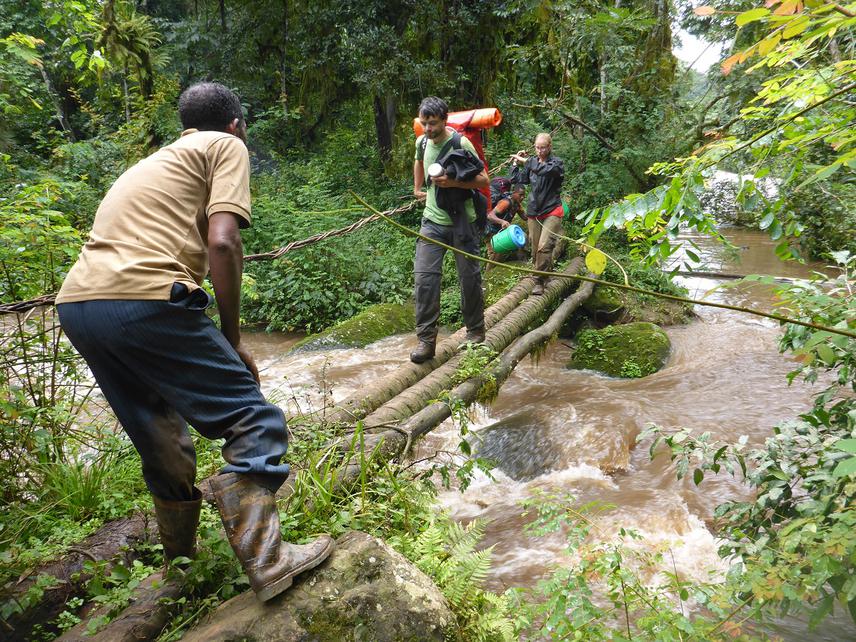Matthias De Beenhouwer
Other projects
6 Mar 2018
Unravelling Amphibian Diversity in Montane Rainforest Remnants of Southwest Ethiopia
We aim to assess the diversity of both mammals and the herpetofauna in Gera forest, a largely under reported area in Southwest Ethiopia. We hope that this biodiversity assessment plus the identification of key species for the area will enhance awareness for the region on the local, national and international level.

This project is a first, objective quantification of vertebrate diversity in Gera forest. Gera forest is a National Forest Priority Area of around 115000 ha where forest exploitation is bound to certain local and national regulations and laws. The communities in this forest have developed a long tradition of managing the forest sustainably for coffee production, nowadays their main livelihood. However, with rising population pressure and coffee demand, the natural forest declines. Biodiversity assessments are lacking here although it is very important for indicating conservation hotspots and tourism development. We need to know what is out there before we can think about protecting it. Therefore, we will use wildlife camera traps together with live mammal trapping in a standardized way in different forest patches to allocate their presence, breeding status and abundance parameters. Amphibians and reptiles will be surveyed with standard techniques including night trapping and call surveying. The herpetofauna is sensitive to human disturbance and has a high level of endemism and international protection. Larger mammals, on the other hand, mean great tourist potential. We will sample during the rainy season (which starts from July) and will continue up to December 2014 on regular basis. We aim to sample both semi forest and forest to quantify the effect of human change due to coffee intensification.
Secondly, it is essential to find an alternative income for the local people, which should ideally depend on the forest, providing a motive to keep and protect the forests. This forest is important as livelihood for local villages with wild coffee as their main income. We will therefore involve local hunters and Ethiopian thesis students (Jimma University) to increase awareness and capacity building. This biodiversity assessment plus the identification of key species for the area will enhance government and tourist awareness for the region. It will be a first step towards strategies for sustainable forestry. In dialogue with local communities, forest protection can increase and an ecotourism concept can be developed.